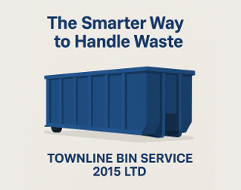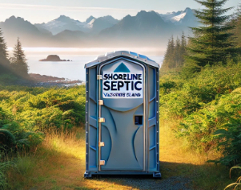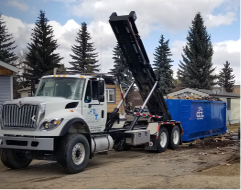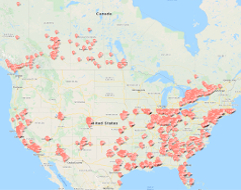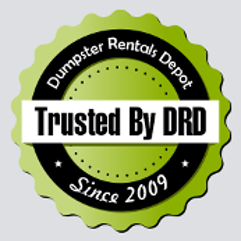Waste Management: ABC Paper Recycling for Kids. 2nd Volume.
You may know about the problem of waste at first hand, because you have to walk every day through streets strewn with litter. Or perhaps you have seen news reports about the waste crisis in New York. This crowded city has simply run out of land on which to dump its garbage. In recent years the authorities have been loading New York's waste onto huge ships which then go off down the coast in search of a garbage dump with room to spare.
It is hard to believe that, for centuries, most of our garbage has been dumped onto open ground and then forgotten. Now the problem has caught up with us. As our towns and cities have grown, there is not enough land to spare for this kind of dumping. And even where land is available, most people understandably do not want the dump near where THEY live. Aside from being unsightly and smelly, if not properly managed these "landfill" sites can be dangerous. Rotting waste forms a chemical soup which leaks into the ground. In time, this poisonous mixture can seep into streams and rivers. As organic waste including paper-decomposes, it also produces a dangerous gas called methane, or "marsh gas." Some old landfills have been earthed over and then built on. It has been known for houses built on old landfill sites to start to shift as the gas builds up.
At Wivenhoe, in the east of England, people had to abandon their homes which had been built on landfill. Methane had filtered up through the earth, not only causing the walls to crack, but also making the children who lived there ill.
This unsightly litter was photographed in a London street, but it could be anywhere. Garbage left like this provides a breeding ground for rats.
The other main way to dispose of garbage is to burn it. This is called incineration. Large incinerators burn solid waste at very high temperatures until it is reduced to ash. Again there are problems. The garbage does not just disappear. The ash left behind still has to be dumped, and smoke from the burning process sometimes carries highly toxic chemicals such as dioxins and furans into the air. When breathed in by humans or by animals, these can cause diseases such as cancer.
By recycling paper we can greatly reduce the amount of solid waste that has to be dumped or incinerated. It has been estimated that paper (including cardboard) forms about a quarter of the weight of garbage in household garbage cans. It also forms a significant part of office and factory waste. Over a third of the total weight of solid waste in the United States is made up of paper in one form or another.
The good news is that, so long as it is kept separate from other garbage, most paper can readily be recycled. Because we use paper and paper products every day of our lives, we can all play a part. If you join in, you won't just be helping to tackle the serious problem of waste disposal.
Not sure where to go with your waste paper? Call your local city authorities with this question. If you have significant amount of paper based waste material you may want to contact local waste hauler. Very often dumpster rentals and waste hauling company offer paper recycling as a part of their waste removal service. Your local waste hauler will be happy to talk to you about your paper waste disposal needs and provide you with professional consultation. Contact Calgary Garbage Bins & Roll Off Dumpster Rentals if you are in Calgary, AB metro area or if you are in Edmonton, AB you may want to get in touch with Dumpster Rentals Edmonton, AB and finally if you are in Richmond Hill, Ontario talk to Dumpster Rentals Richmond Hill, ON .
Given a choice, who would want to live near a garbage dump? Yet many people never bother to think where all their garbage ends up.
- Published: 2012-05-15T17:11:41-07:00
- Author: Laura Schmidt, Dumpster Rentals Customer Supp
